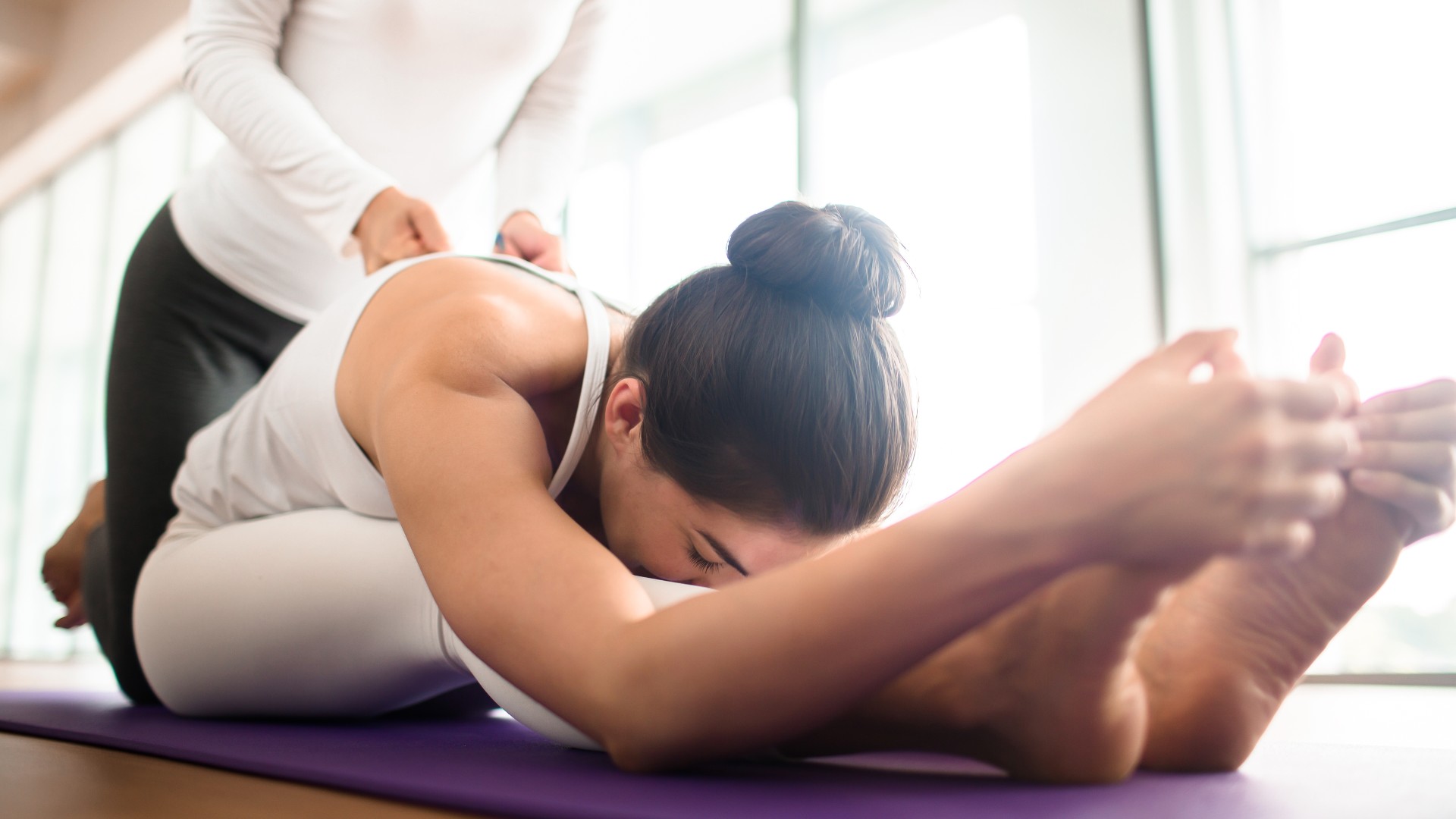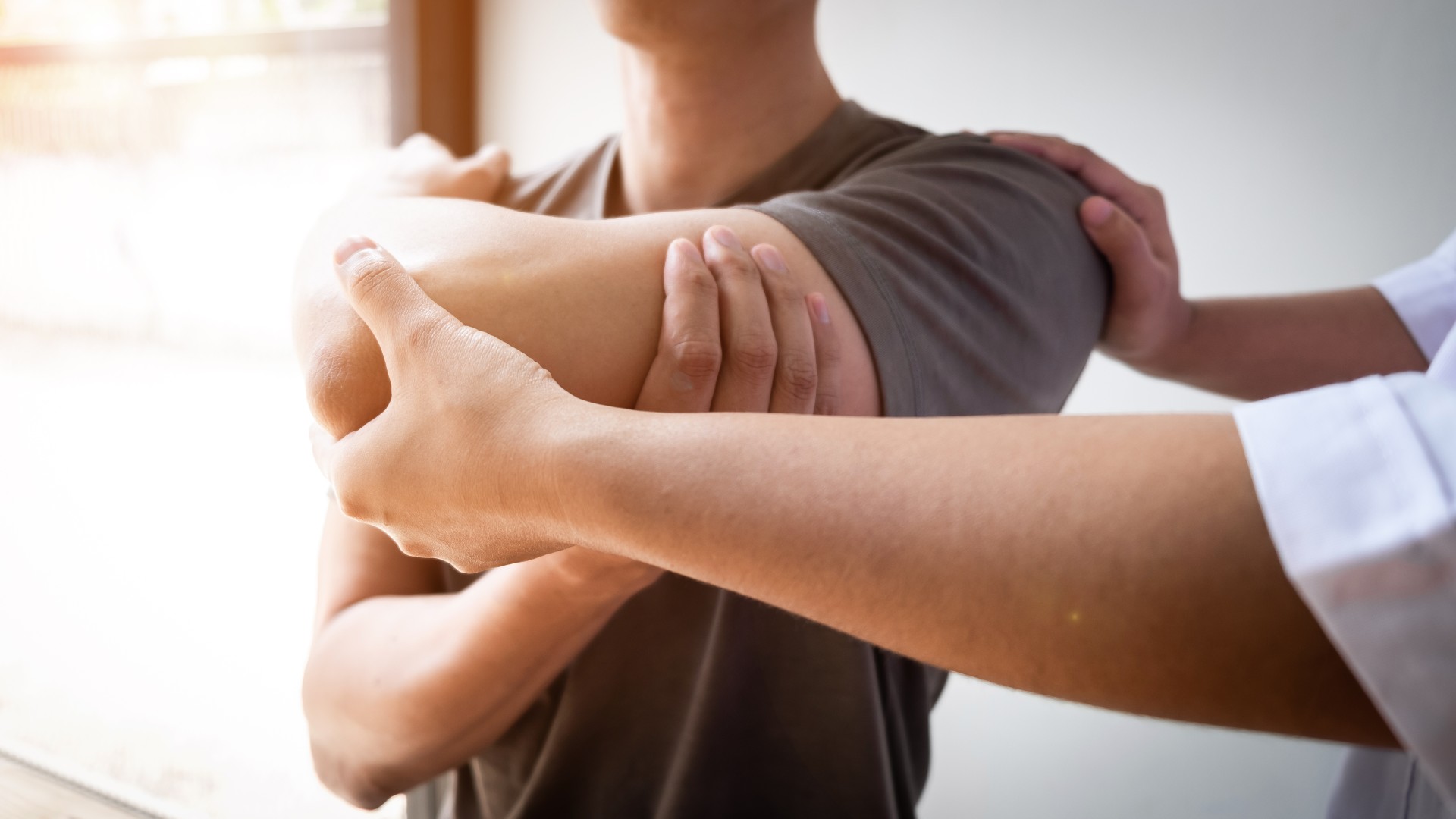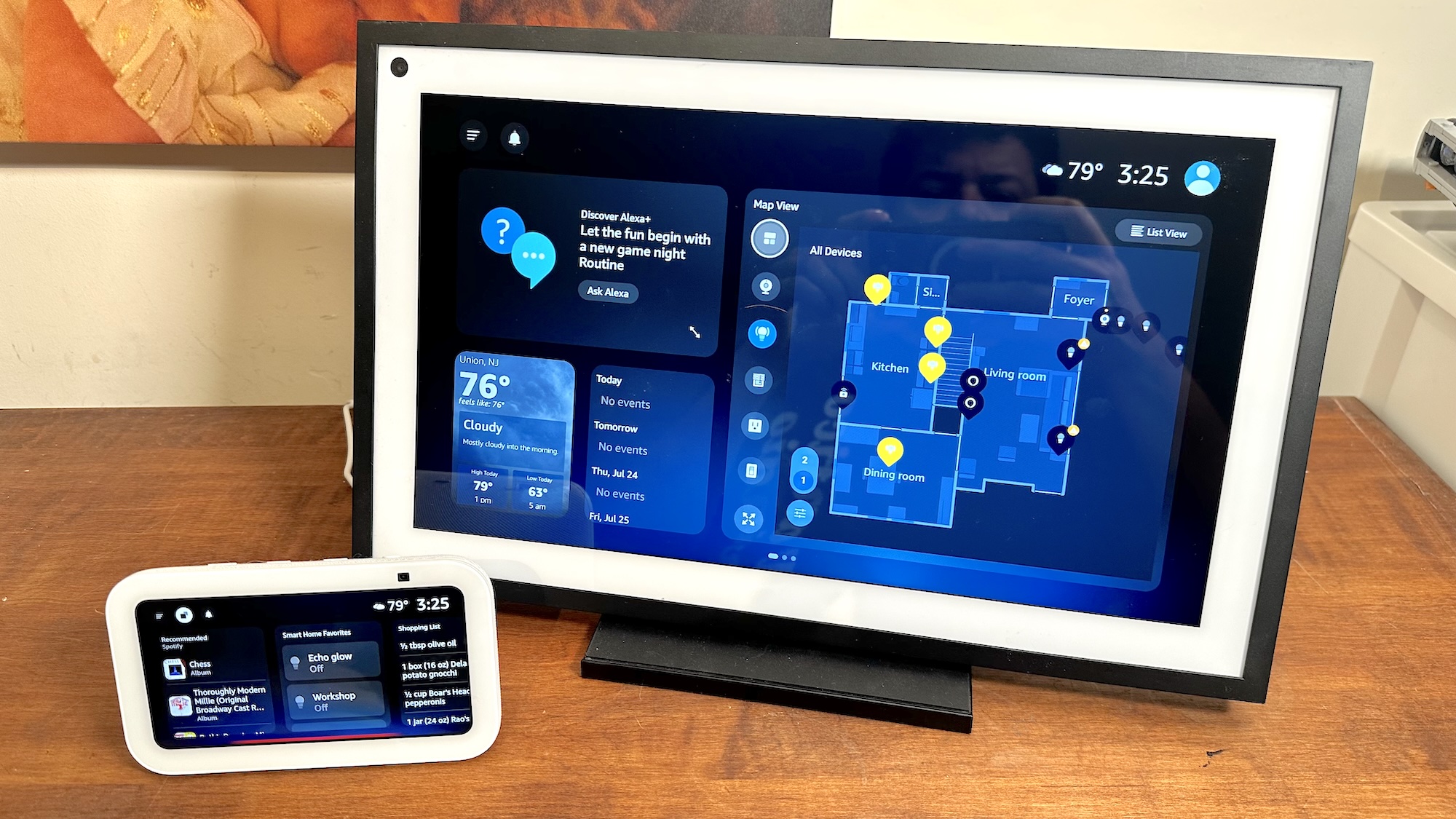
While there's nothing revolutionary about PNF stretching, partner stretching, or assisted cool-down routines, having someone on standby to help stretch before or post-workout has been an effective and popular way to do it for years — whatever you choose to call them.
Stretching isn't exactly fun, which means many of us sideline them in favor of a gentle jog on the treadmill, or similar. But while the efficacy of static stretching before or post-workout has been up for debate, assisted PNF stretching has been shown to boost flexibility and range of motion and improve athletic performance.
I ventured over to StretchLab — a one-to-one assisted stretching facility for anyone brave enough to be contorted into questionable angles — and took part in a 50-minute stretching session to see if PNF stretching could help me. You don’t have to visit a professional to get the benefits of stretching, but it can be helpful if you find yourself skipping out on recovery, avoiding cool-downs, or rehabilitating from injury.
Grab one of the best massage guns for recovery, and find out what happened.
What is PNF stretching?
Proprioceptive Neuromuscular Facilitation (or PNF) stretching is a form of rehabilitation and flexibility training that involves stretching and contracting the major muscle groups. The many variations of assisted stretching help improve range of motion around your joints, increase flexibility in the targeted muscles, improve muscular strength and performance, and even boost posture.

Unlike partner stretching involving two people gently stretching together, this stretching method recruits one person to apply more intense pressure onto the muscles of the other person. According to research, PNF stretching is one of the most effective methods around, helping you achieve deeper positions and target muscles you might not be able to reach alone.
StretchLab studios was created to deliver “relief and recovery” before or after workouts using these methods as a self-care routine, leaving you “loose and relaxed” afterward. Here’s what happened to my body when I took part in assisted stretching.
Get instant access to breaking news, the hottest reviews, great deals and helpful tips.
I tried stretching with StretchLab to boost flexibility and full-body mobility — and wow
Here’s what happened to my body when I got stuck into assisted one-to-one stretching.
1. I felt wired
I felt like I had drank five cups of coffee after just one 50-minute session. I felt energized for about an hour and then dropped straight into exhaustion. It turns out this is quite normal.
According to Hopkins Medicine stretching breaks down the fascia that causes muscle pain and tightness and releases tension from your muscles. Releasing tension from muscles can result in an emotional release, too, the APA says.
2. It was intense
I didn’t know what to expect going into a one-to-one assisted stretching session, but it was very intense, and I had to take a lot of deep breaths. During the session, your “stretchologist,” as they’re known, starts by using a Theragun massage gun across your entire body, then works the whole body through a series of intense assisted stretches similar to ones found in yoga.
I’m ticklish, so I had to grit my teeth and try not to kick my stretchologist as the gun drilled into my tender hamstrings. My stretchologist didn’t take it easy on me either, asking me to fully inhale, then stretching me further on the exhale. For any yogis out there, imagine a restorative Yin yoga class on steroids — breathing through deep, long, and uncomfortable hands-on holds with no escape.
3. It made me emotional
I felt super emotional during the stronger stretches around my hips and lower body, but according to some, this is normal. Stretching like this releases tension and breaks down fascia, which can release “stored emotions” in some people. My hips and hamstrings get tight from working out, which is why I found these areas particularly tough to get through, and this could be why I felt such a release.
In yoga, practitioners refer to the hips as a “seat of emotion” — a storage place for stress and anxiety. When I recommended this one move every day to reduce hip flexor pain, I mentioned that the adrenal glands (responsible for releasing the stress response) are located at the top of the kidneys. That’s where the fascia surrounding the deep hip flexor muscles connect with them.
The hips are referred to as a “fight-or-flight” muscle for this very reason: reacting by tightening in response to stress and releasing post-stretch. Studies have shown that holding stretches relieve stress and anxiety, partly through meditative breathing, which is exactly what this felt like for me.
4. It felt meditative
Although there’s a lack of robust evidence to back the “seat of emotion” theory, I did feel calmer afterward. Like any guided meditation, this session used deep, controlled breathing exercises to regulate my nervous system as I moved through a series of held stretches. For a short time afterward, my stress and anxiety were alleviated.
Although I was twisted into a pretzel at the time, I had effectively participated in a 50-minute meditation — just from a headlock position rather than in my bed.
5. I felt taller and looser
After working on my upper body, my posture improved immediately, and I felt amazing. Unlike the stretch reflex, which prevents you from stretching too much, the Golgi tendon organ (GTO) kicks in when a stretch is held for over 15 seconds, basically overriding your muscle spindles and allowing you to find a deeper stretch position more safely.
I felt looser and taller and felt more range around my shoulders, hamstrings, and hips. This was particularly helpful during my strength training program afterward; I could achieve a deeper squat and overhead position more quickly. Although I was back to square one the next day (it only offers a short-term flexibility boost), training the stretch reflex regularly can improve flexibility, movement efficiency, and muscle engagement during exercise over time, improving sports performance and building strength.
6. My lower back hurt
It’s hard to say whether this was good or bad, but my lower back was sore for a few days following the session. Lower back stretching should be undertaken with care, as assisted stretching puts stress on the muscles under pressure. Too much intensity could increase the risk of soft tissue damage, so check with a qualified professional before trying it for the first time.
Next up: Try these moves for hip flexor pain, these are the best resistance bands for self-assisted stretching at home, and this is how to do the cat-cow stretch for lower back pain. Inspired? Check out what happened when our fitness editor tried Chris Hemsworth's 250-rep dumbbell workout. These are the best adjustable dumbbells on the market here.

Sam Hopes is a level 3 qualified trainer, a level 2 Reiki practitioner and fitness editor at Tom's Guide. She is also currently undertaking her Yoga For Athletes training course.
Sam has written for various fitness brands and websites over the years and has experience across brands at Future, such as Live Science, Fit&Well, Coach, and T3.
Having coached at fitness studios like F45 and Virgin Active and personal trained, Sam now primarily teaches outdoor bootcamps, bodyweight, calisthenics and kettlebells.
She also coaches mobility and flexibility classes several times a week and believes that true strength comes from a holistic approach to training your body.
Sam has completed two mixed doubles Hyrox competitions in London and the Netherlands and finished her first doubles attempt in 1:11.
